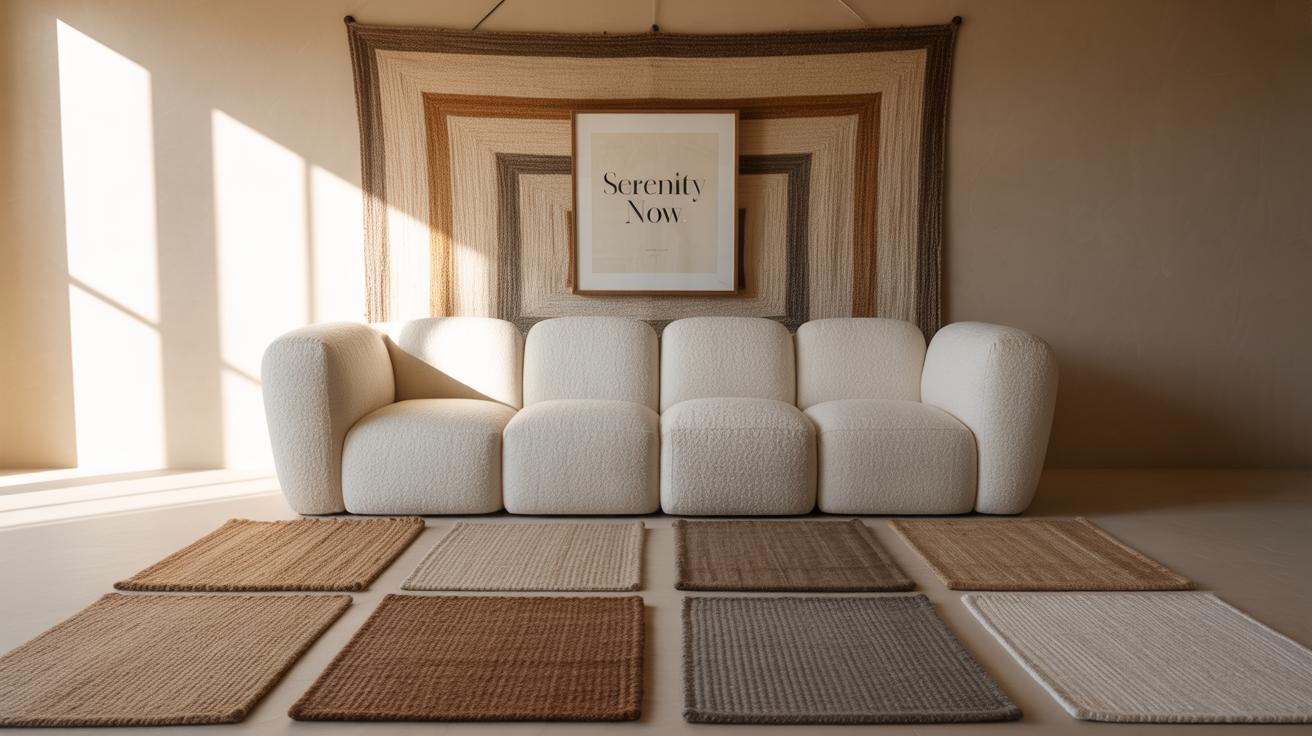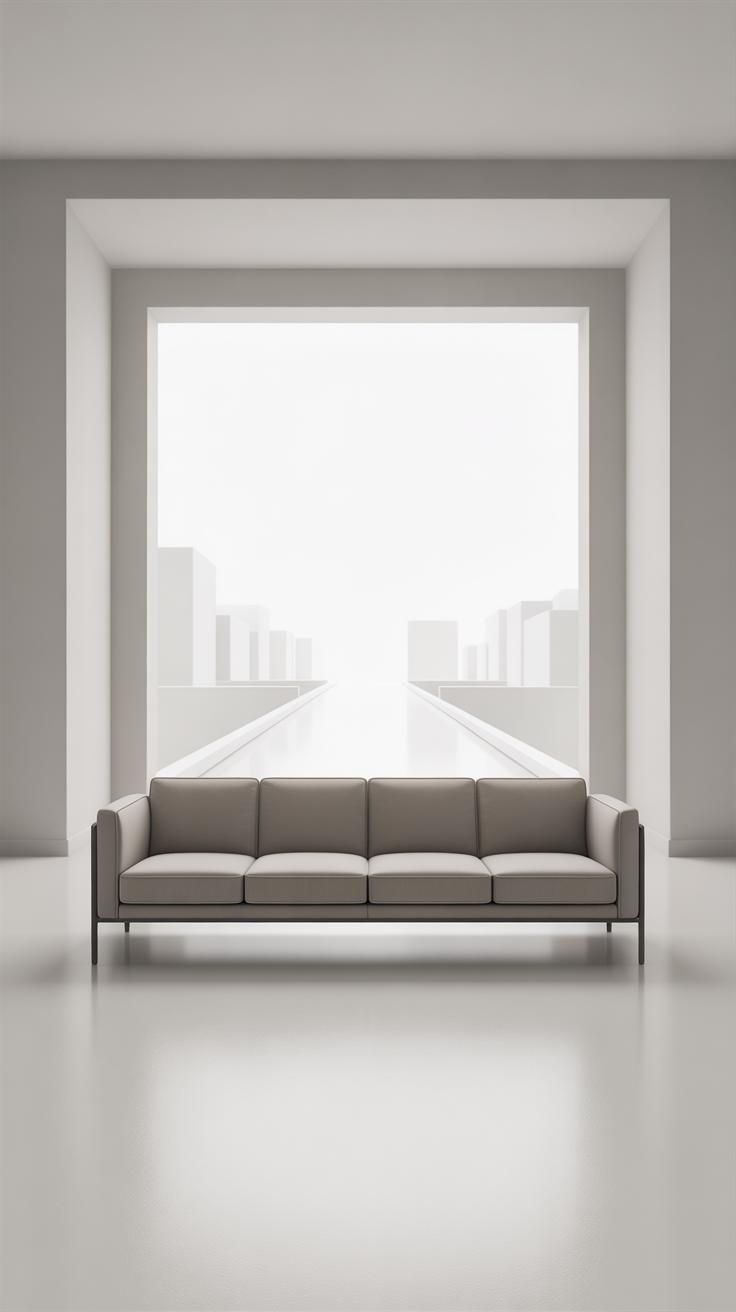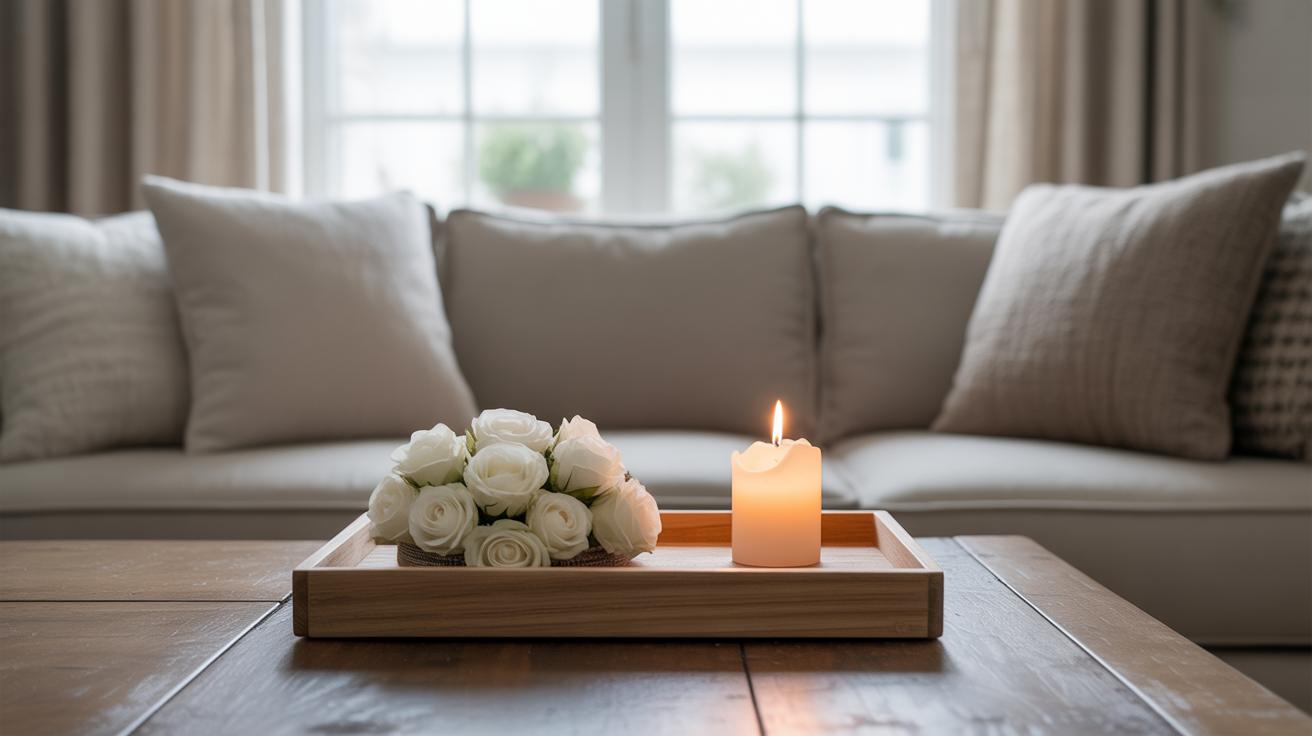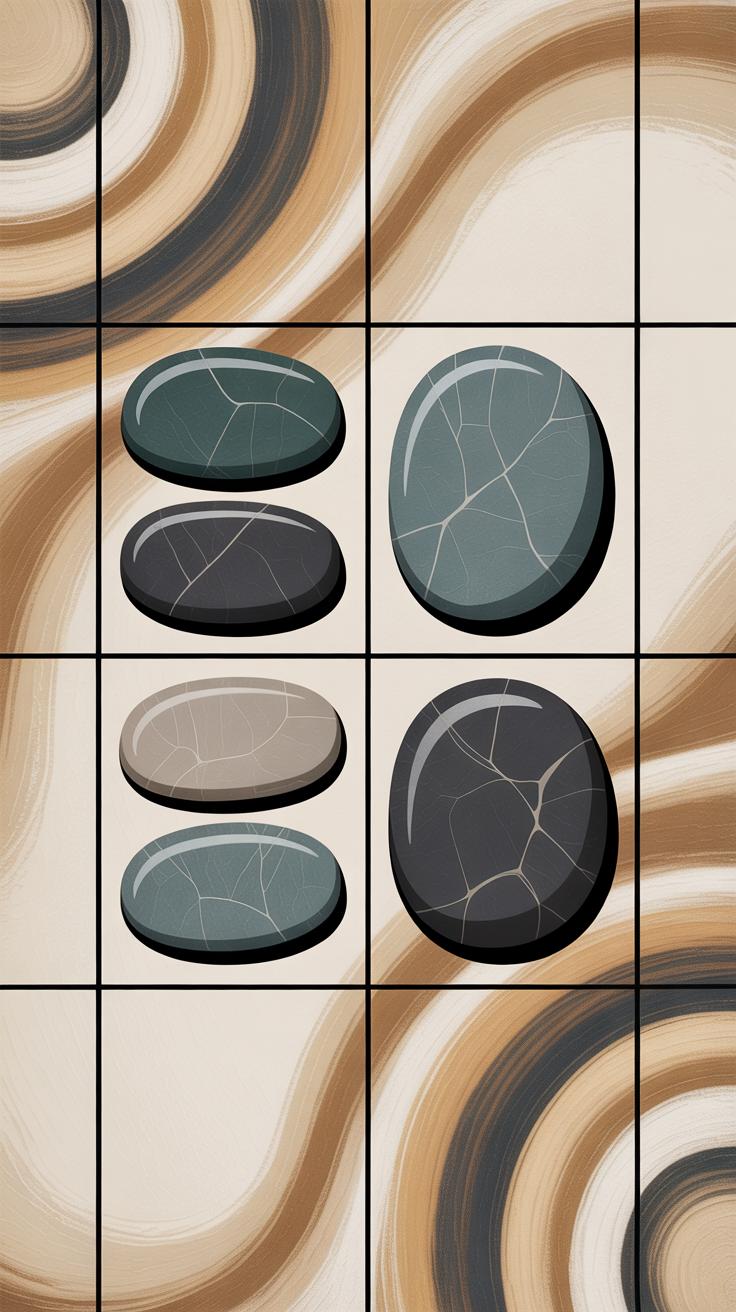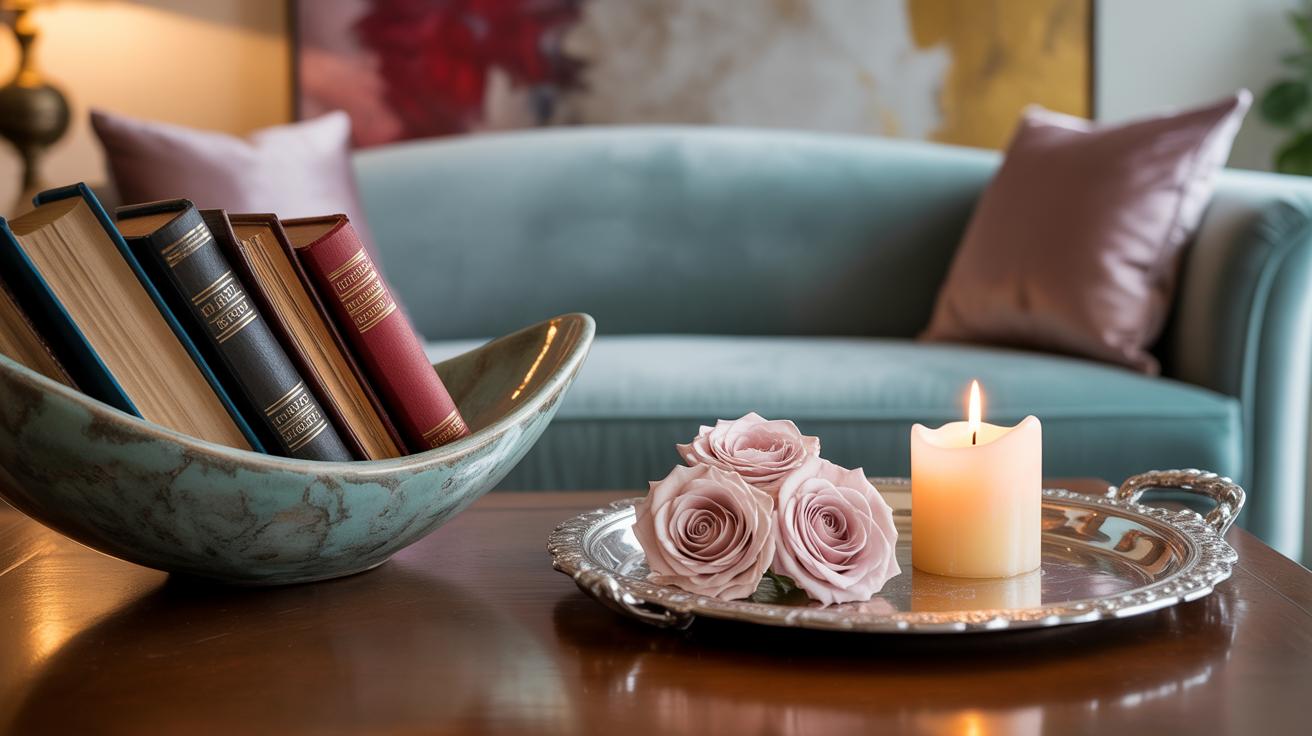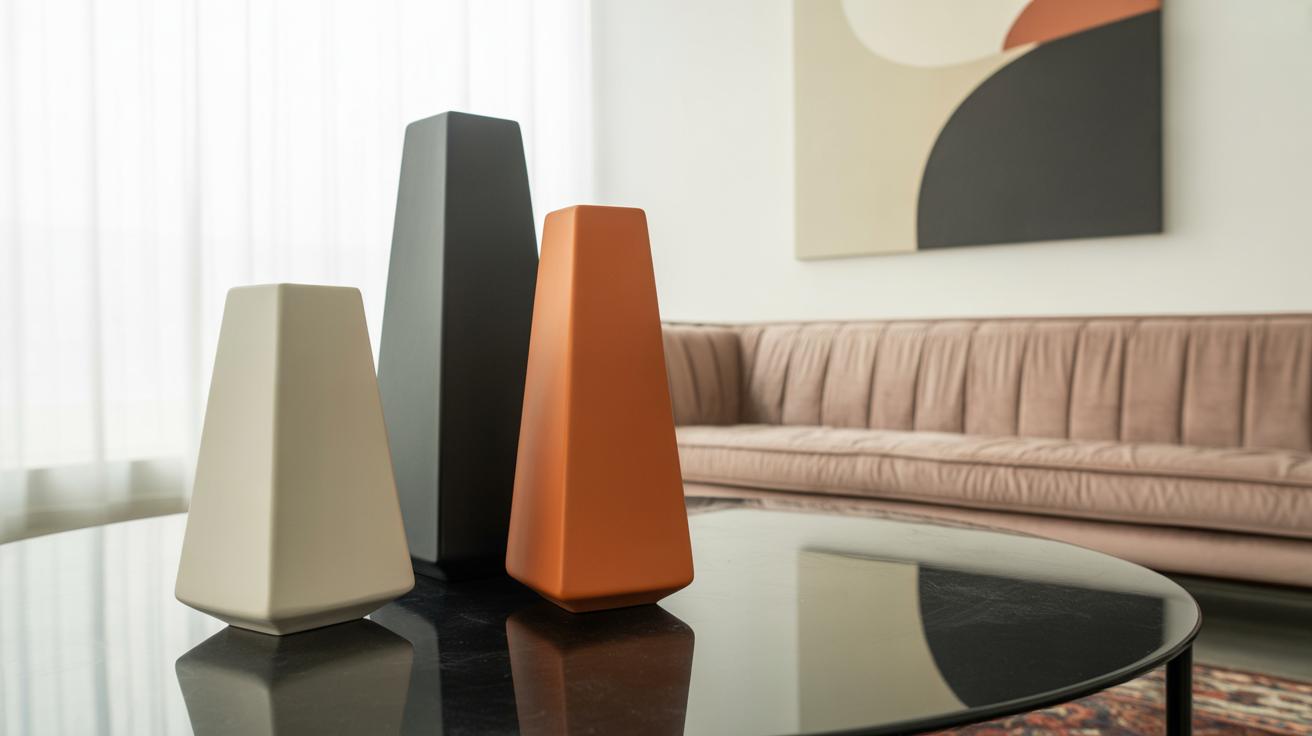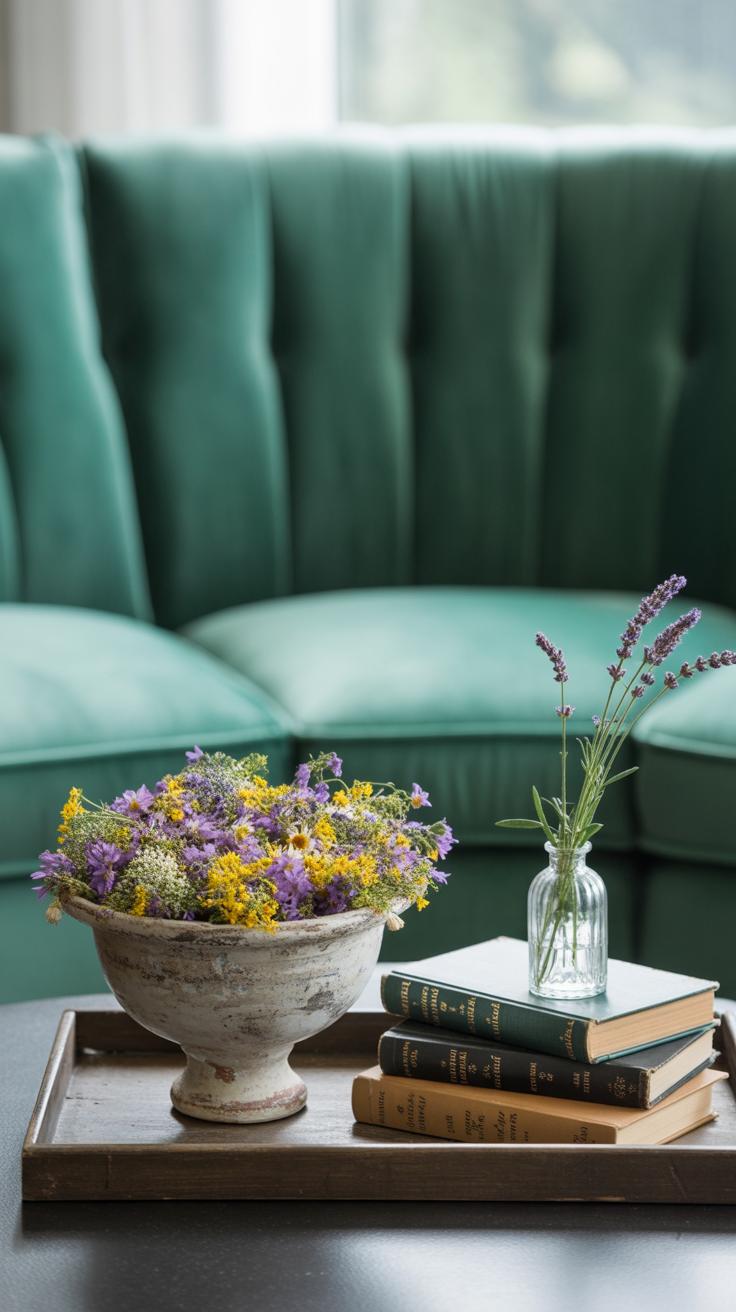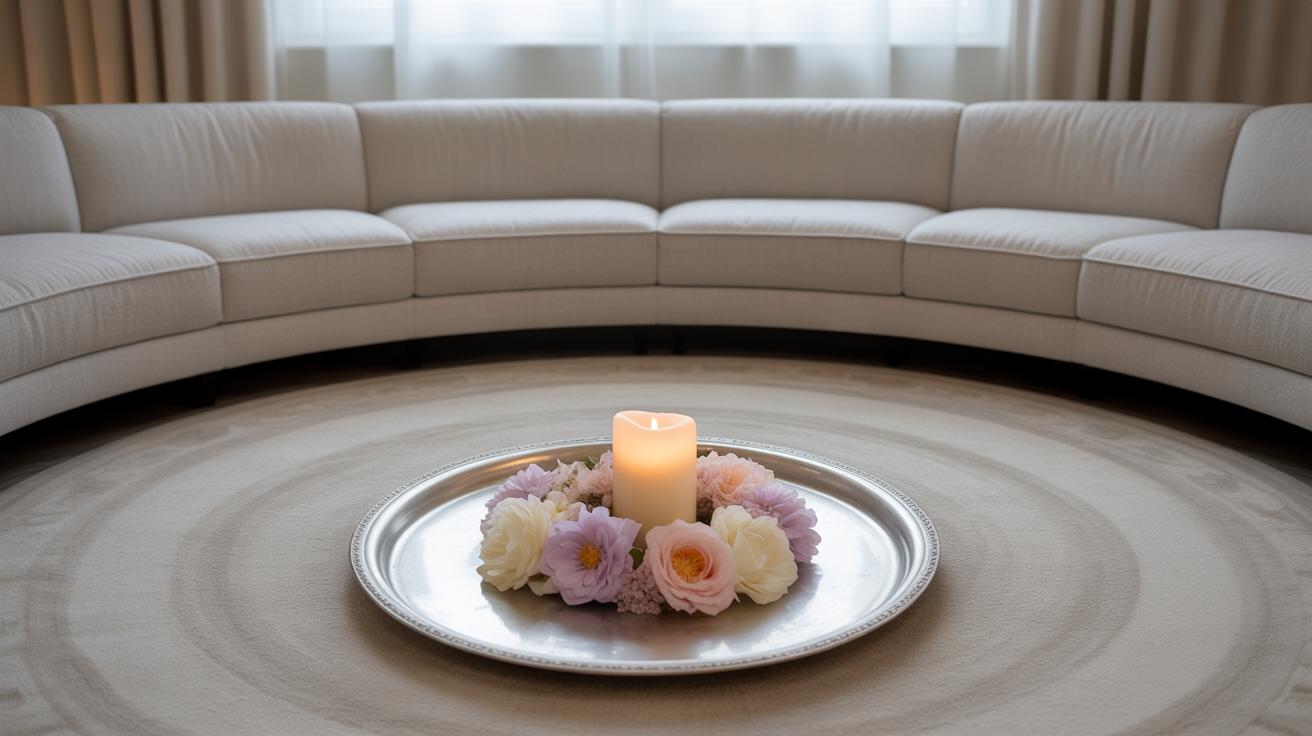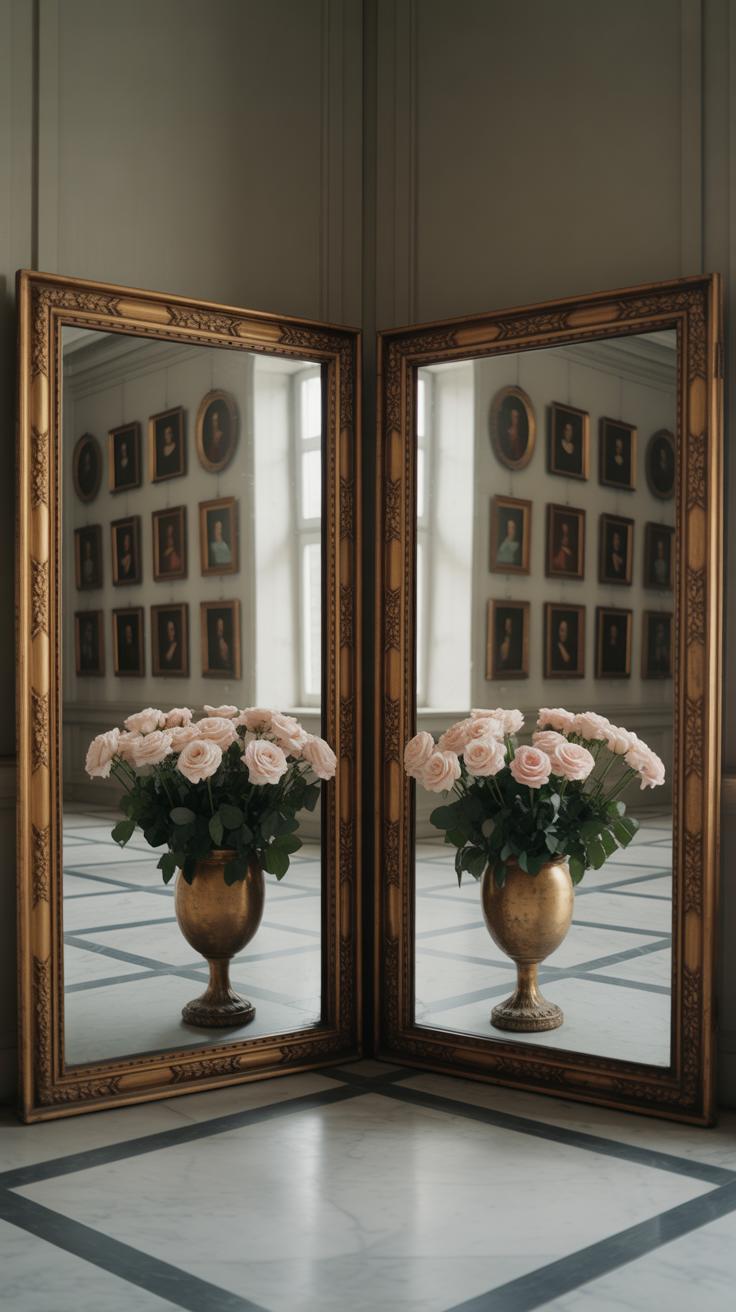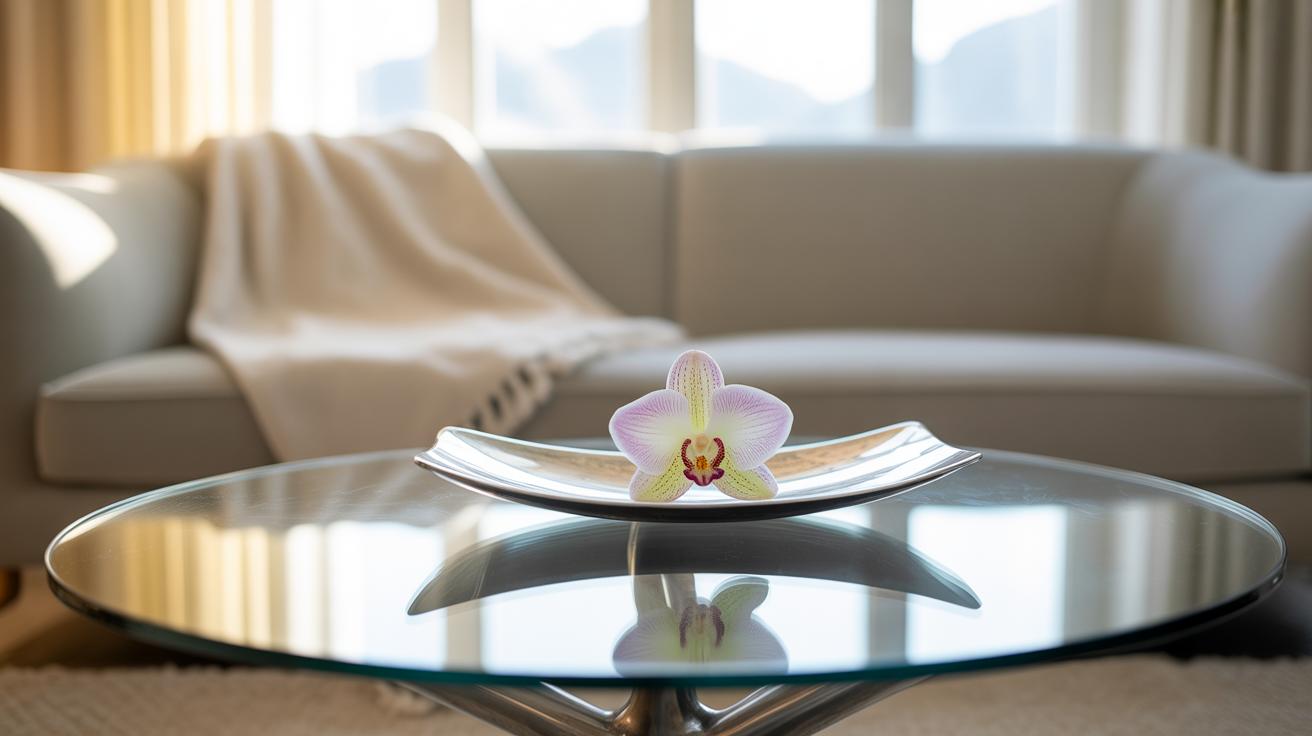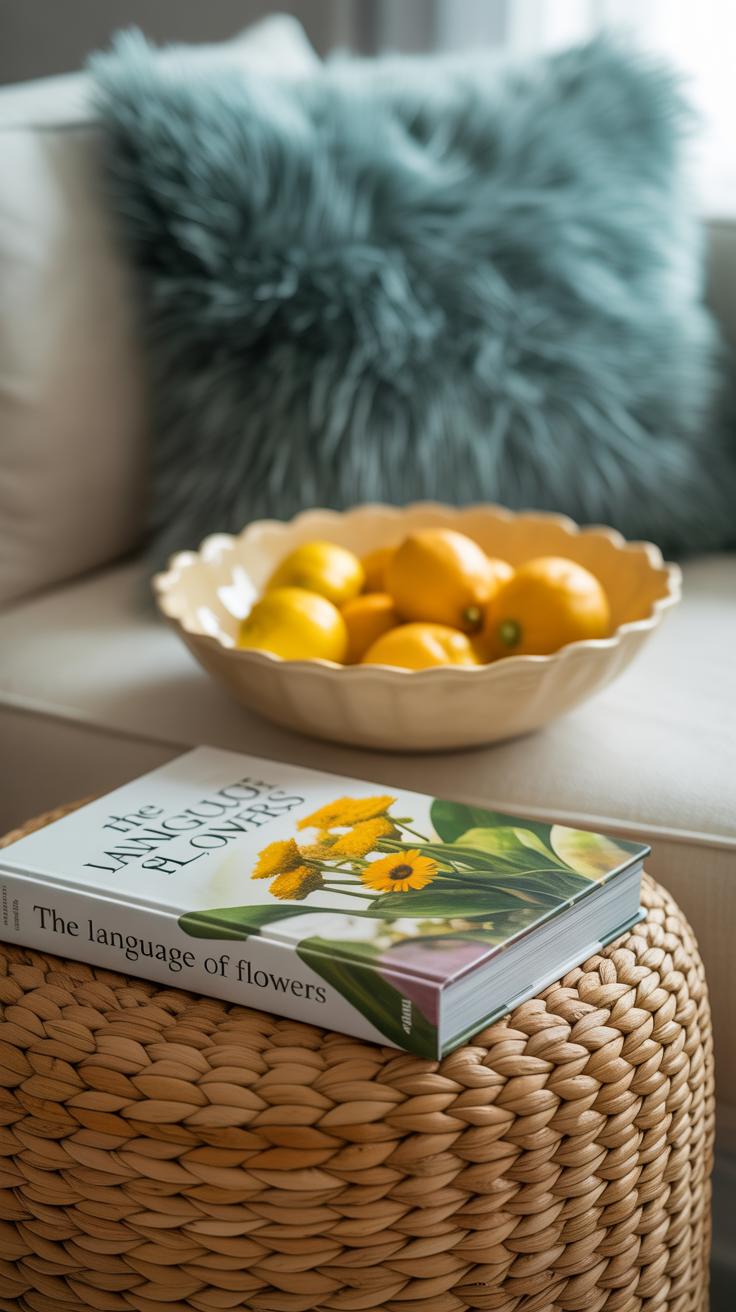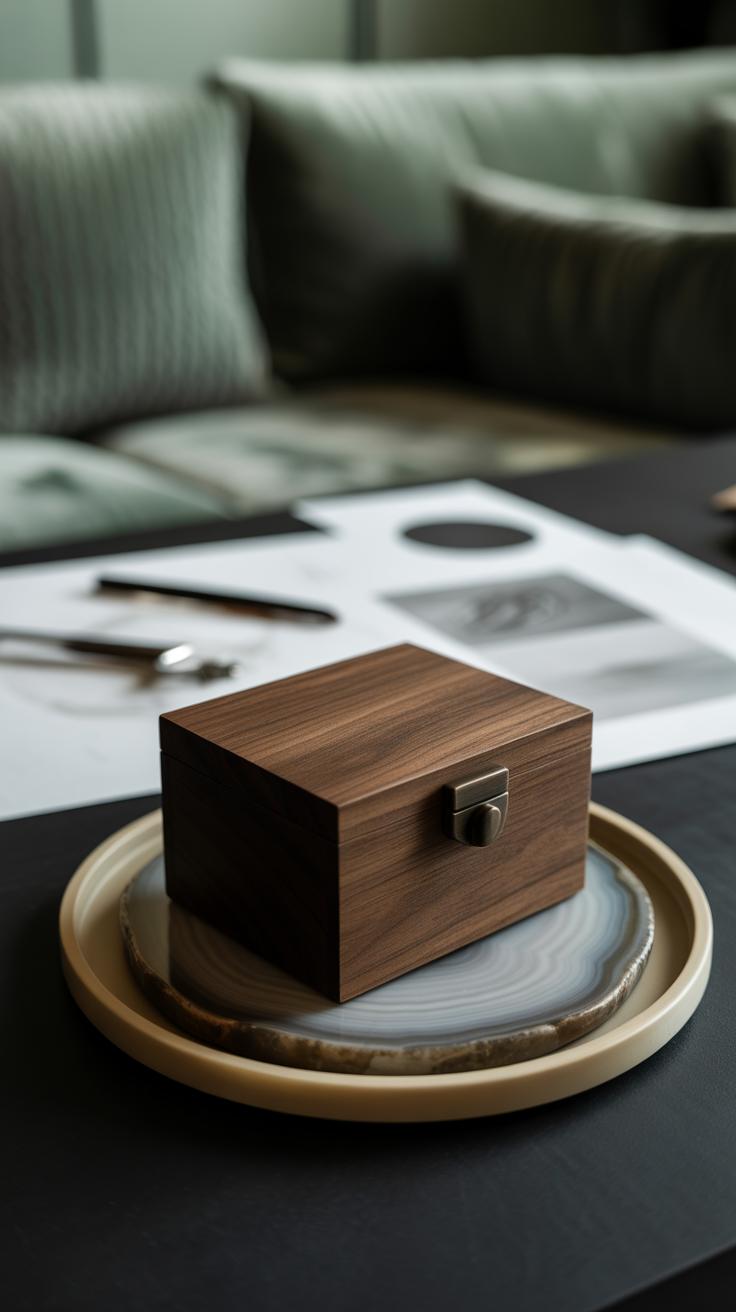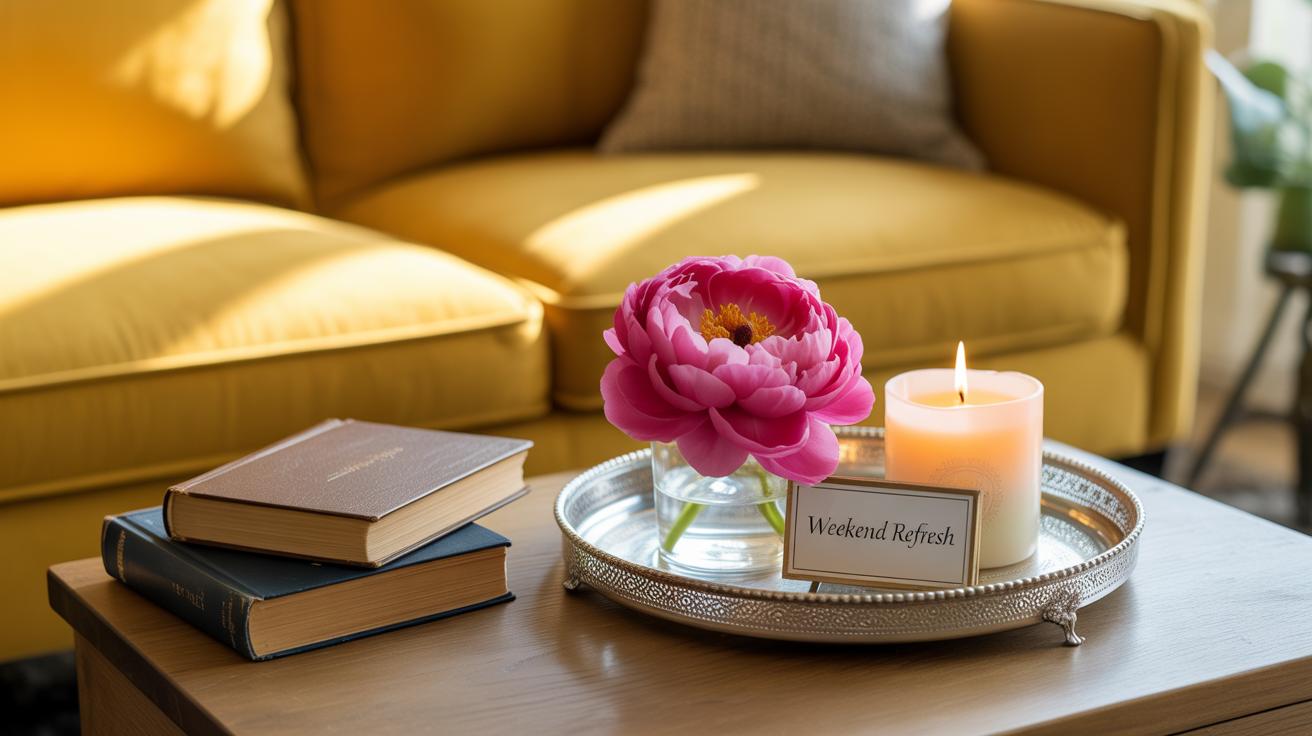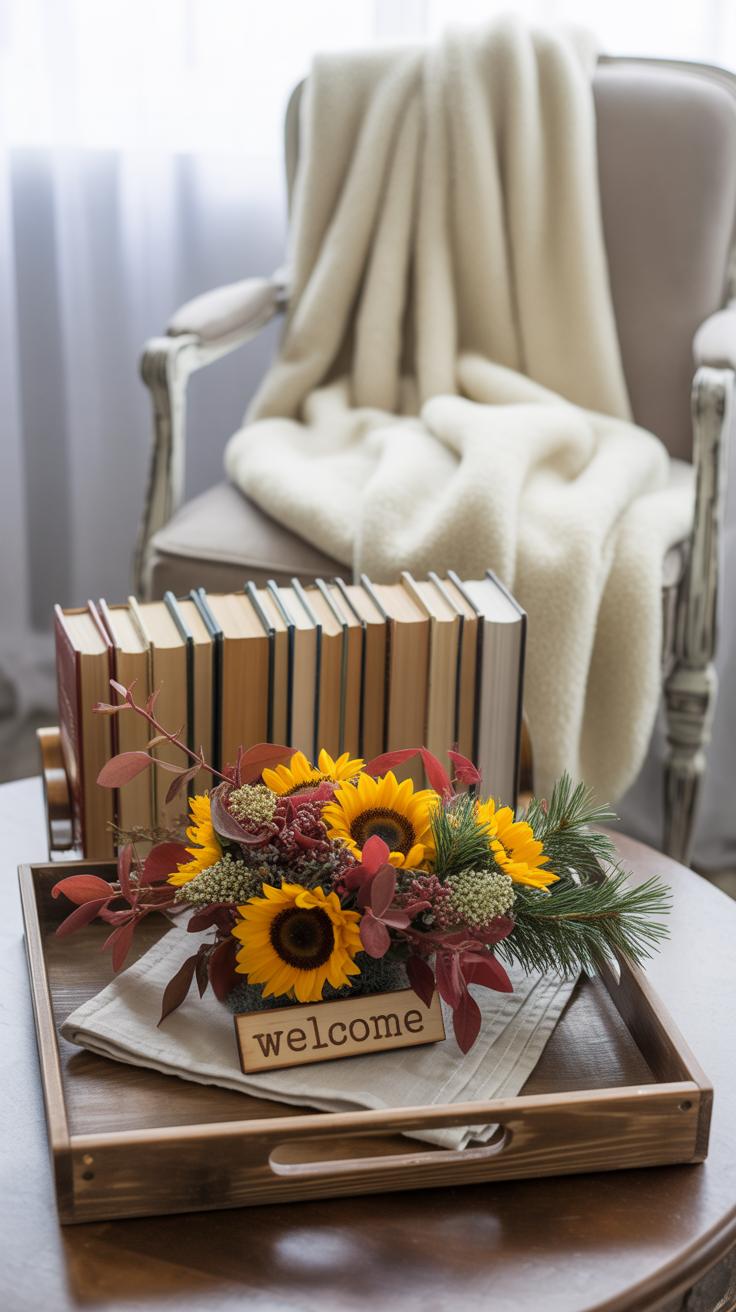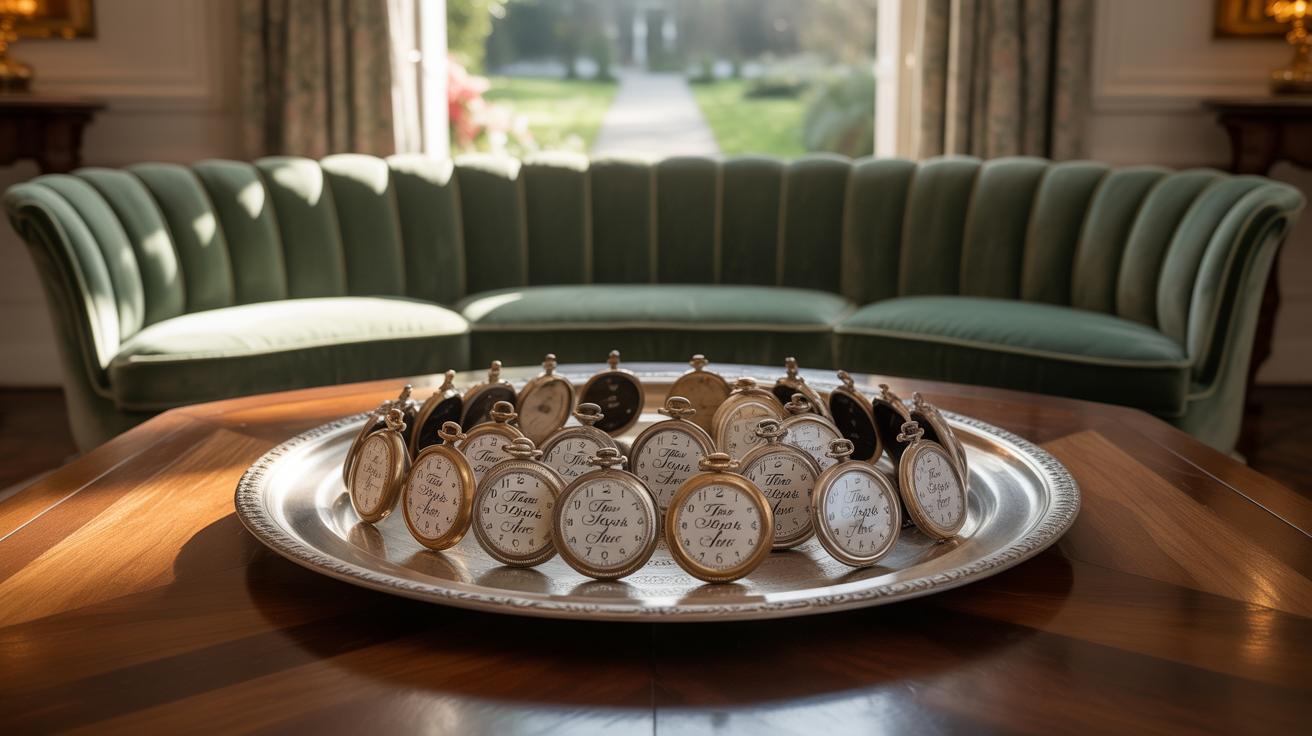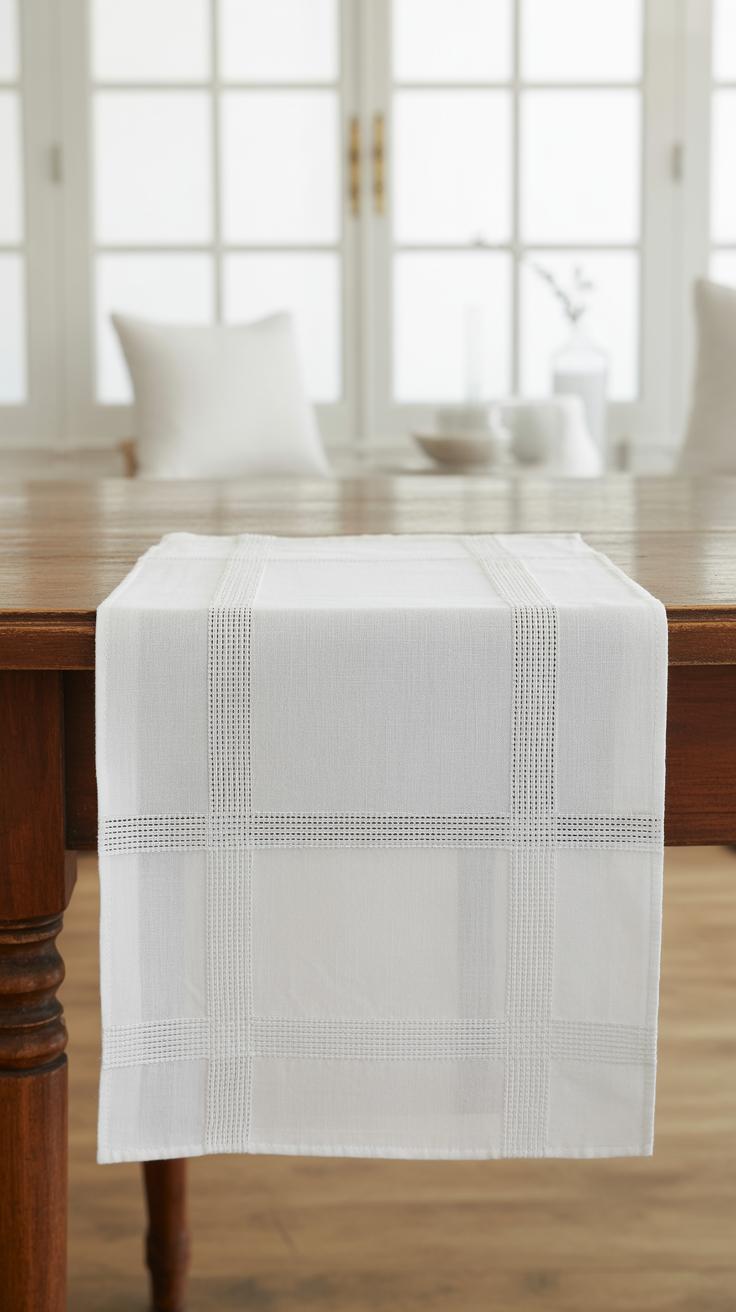Introduction
A square coffee table can be more than just a functional piece of furniture. Its shape offers a unique opportunity to style your living space with symmetry and balance. Using a balanced grid layout approach, you can create a visually appealing and organized display on your coffee table that enhances the overall room aesthetic.
This article explores how to style your square coffee table effectively using principles from grid layout design. You’ll discover practical tips to arrange objects in a way that brings harmony and functionality to your living room space, making your coffee table both a centerpiece and a practical surface.
Understanding the Square Coffee Table Shape
Square coffee tables have a certain straightforwardness to them that makes them well-suited for balanced grid layouts. The four equal sides naturally lend themselves to symmetry, allowing corners and edges to line up neatly with other furniture or decor elements. This creates a subtle sense of order in the room without feeling forced. You could say the shape quietly anchors the space, especially if you place it at the center of a seating area.
What’s interesting is how the equal sides invite you to think in terms of balance and repetition. When you style a square table, each side offers a clear boundary to work within. This makes it easier to highlight a focal point, like a centerpiece or an artful stack of books, while still keeping things visually calm around it.
Practical reasons also support choosing square coffee tables. Accessing the table from all sides tends to be easier because no edge feels more important than another. Whether you’re seated on a sofa or an armchair, the surface remains equally reachable. It’s also versatile—squares can fit snugly with other geometric shapes or stand out in contrast, depending on your room’s layout.
The table’s square shape influences how you arrange items on it. Unlike a round table, where the eye naturally moves in a circle, a square table invites you to think in quadrants or grids. Objects can be placed in a way that respects these four corners, offering a distinct kind of balance. Rectangles often pull the eye along their longer side, but squares create more static, steady arrangements.
Styling a square table invites a different kind of harmony. You might place a vase and a stack of magazines at opposite corners, or layer textures evenly on all sides. The shape encourages you to think beyond clutter—there’s a quiet prompt to keep things deliberate. But honestly, I’ve sometimes found it tricky not to overdo it on each corner. So, there’s a balance to strike between symmetry and simplicity, and it feels like a small challenge every time.
Key Elements of a Balanced Grid Layout
The idea of a balanced grid layout might sound a bit technical at first, but it really boils down to creating a sense of order and calm on your coffee table. Think of it as arranging items so they feel connected through relationships like alignment, spacing, and repetition. These elements help form a visual rhythm, making the whole setup easier on the eyes.
Alignment plays a big role here. For example, lining up the edges or centers of objects with the edges of your square table creates a framework of order. You don’t need to be overly rigid about it—slight shifts can add personality without throwing off the balance. Spacing is equally crucial; letting objects breathe while maintaining consistent gaps prevents clutter and chaos.
Repetition is a quieter component but impactful nonetheless. This could be matching colors, similar shapes, or patterns that echo throughout the arrangement. It creates a subtle cohesion that feels deliberate rather than random. On a square coffee table, these repeated elements help break down the surface into manageable zones that feel harmonious.
Putting these components together means you’ll have an arrangement that looks intentional and inviting, not just thrown together. You might find yourself moving objects around a few times—testing, tweaking—until the layout just feels right. Often, it’s about finding a sweet spot between neat order and casual charm.
What Is a Balanced Grid Layout
A balanced grid layout revolves around visual order and stability, but it doesn’t imply a perfectly symmetrical or rigid design. It’s more about how the elements within a grid relate to one another, balancing weight and space so nothing feels off or out of place. Imagine breaking your square coffee table into invisible sections—this helps guide where items might naturally sit.
The key is to avoid letting one side feel heavier than the other or overcrowding a particular area. This balance offers the eye a rest and adds clarity to what’s displayed. Sometimes, what feels ‘balanced’ might also allow for slight asymmetry, sparking interest without losing harmony. So, the principle blends order with a bit of flexibility.
Applying Grid Principles on Your Table
When you style your coffee table with grid principles, start by dividing the surface mentally or with subtle markers. Think of it like a tic-tac-toe board or a checkerboard, where you can place items within distinct zones. This helps you control alignment and spacing better without too much guesswork.
- Place one or two larger items as anchors in these zones—like a vase or a stack of books.
- Fill remaining spaces with smaller, repeated pieces such as candles or coasters to establish rhythm.
- Keep consistent spacing between items so each element has its place without crowding its neighbor.
- Try lining up the edges of your objects with the table’s sides or the invisible grid lines.
Remember, it’s a process. Sometimes shifting an object slightly off the grid adds personality. It’s worth observing how you naturally interact with the table, too—does reaching for a cup feel comfortable? The balance you create should be both visually pleasing and functional. After all, a coffee table isn’t just a display—it’s part of everyday living.
Selecting Items for Your Coffee Table
Styling a square coffee table means thinking about what items to place on it—not just any objects, but those that suit the table’s shape and size while serving a purpose. You want to create a look that feels natural, but also functional. For example, a tray can corral smaller things like coasters or remotes, keeping the space tidy. Books add height and visual interest, but you don’t want them to take up the whole surface. Plants bring life and softness; a small succulent or a low-profile fern fits nicely without crowding.
Finding a good mix between decorative and practical items is a bit like a balancing act. A candle or a bowl might look nice, but if you often use the table for drinks or snacks, it helps to keep some clear space. You might wonder how many objects are too many. It’s tempting to fill every inch, but leaving breathing room makes the overall setting feel less cluttered and more inviting.
Size and scale matter more than you might expect. A huge item can dominate the table and throw off the balance. Smaller, varied pieces play better together. For instance, pairing a low stack of books with a taller vase or a small, round tray breaks up the flatness. It’s okay if things don’t match perfectly; the key is that they complement one another without overwhelming the table’s surface. Maybe in trying to be too precise, the style can start to feel stiff—sometimes a bit of spontaneity helps.
Creating Symmetry and Balance
When styling a square coffee table, symmetry and balance don’t mean everything must be identical or perfectly even. Instead, think about how pairs and groups can guide the eye around the table, creating a subtle sense of order without making the space feel rigid.
Using Pairs and Groups
Pairs are one of the simplest ways to achieve harmony. Placing two similar objects—like matching candles or small vases—on opposite corners of the table can anchor the overall look. But, mixing pairs with groups opens up more possibilities. For example, a trio of books stacked on one side paired with a duo of decorative bowls on the other can make the layout feel intentional but not forced.
I’ve found that it’s easy to overdo symmetry and end up with a table that feels cold or boring. So, don’t hesitate to group objects by theme or size instead of just “matched pairs.” The irregularity within the pairs or groups creates a more natural balance—and sometimes more interesting conversations.
Mirroring and Repeating Elements
Mirroring objects on opposite sides of the table usually works well with square tables because each side can reflect the other without overcrowding. Say, a plant on one corner balanced by a similar-sized stack of coasters on the diagonally opposite spot. This echoing can give your setup a grounded feel.
Repetition of colors and shapes also plays a key role here. If a round bowl appears on one side, a similar curve or a matching color somewhere else helps unify the space. But, I’ve noticed that strict repetition can sometimes feel a bit, well, predictable. So mixing repeated colors with different textures or slightly varied shapes often keeps things lively—while still balanced.
Ultimately, you want your coffee table to feel settled, but not like a mirror maze. How far do you push symmetry before it stops feeling like balance and more like too much? That’s the tricky part worth experimenting with.
Incorporating Color and Texture
Color and texture do more than decorate a square coffee table—they bring life and dimension. When you pick colors, think beyond matching the room’s palette. Sometimes a subtle contrast or an unexpected hue can anchor the whole setup. For example, if your room has a lot of cool tones, a warm-toned vase or book cover on the table can catch the eye without overwhelming the space.
Here are a few tips for color coordination that might help you:
- Choose two or three colors that appear elsewhere in the room to create continuity.
- Use one dominant color and one or two accent colors on the table to avoid visual chaos.
- Don’t be afraid of neutrals—they give other elements room to breathe.
Texture is equally compelling. Mixing materials like rough wood, smooth glass, or soft fabric adds subtle tension and interest. For instance, pairing a glass candle holder with a woven coaster or a ceramic bowl can feel well layered but still balanced. Though it can get tricky—too many textures can make the table look cluttered rather fast.
What I usually tell myself is to start with no more than three different textures and build from there, testing the look as you go along. The goal is a cohesive feel where no single piece overtakes the rest—or the space. It’s a delicate balance, yes, but when done right, the table becomes more than a surface. It invites touch and curiosity.
Enhancing Functionality with Styling
Styling a square coffee table isn’t just about making it look good. You want the surface to work for you every day. Using trays or small organizers within the grid layout helps contain clutter and keeps things accessible. For example, placing a sleek tray on one quadrant can group remotes, coasters, or even a candle, preventing those items from spreading all over the table.
But then, how much is too much? You want it tidy, but not so controlled that it feels staged or unusable. Sometimes, I find that leaving a section completely clear actually makes the whole layout feel more balanced and flexible.
Consider containers—like small boxes or bowls—that fit neatly in one square of the table. They can hold essentials like keys, matches for the fireplace, or a notepad. The trick is to choose containers with simple designs or materials that echo other elements in your room, so they don’t dominate visually. It’s a bit of a dance: you want your table to stay attractive while still inviting you to drop in that mug or phone without a second thought.
By mixing open surfaces with organized spots, you create a balance that keeps the coffee table as useful as it is a style statement. Do you find that your table’s styling ever gets in the way of everyday use? Maybe there’s an easy fix in swapping one decorative piece for a practical organizer that still looks nice.
Adapting Styling for Different Occasions
Styling for Everyday Use
Everyday styling of a square coffee table should blend ease with balance. You want a setup that feels lived-in, not staged—something you don’t have to rearrange every day. Start with a simple base, like a small stack of books or a tray that can corral items like remotes or coasters. This keeps things neat without feeling rigid.
Try to leave some breathing room on the surface. It makes the space feel open and ready for anything, whether it’s morning coffee or unexpected clutter. I’ve found that a low vase with fresh or faux greenery adds a touch of life without getting in the way. But be careful not to overcrowd it with knick-knacks—sometimes less really is more, even if you’re tempted to display every souvenir or candle.
Seasonal and Event Styling Ideas
When holidays or gatherings pop up, the coffee table is a great place to shift the vibe quickly. Switching out one or two key items can refresh the whole look. For instance, a bowl of pinecones or a small pumpkin can feel seasonal but balanced within your grid layout. It doesn’t have to be over the top.
Think about layering textures or colors that reflect the occasion—a velvet runner or a metallic tray can add subtle drama without crowding the surface. For guests, rearranging items to create open space encourages more interaction and leaves room for drinks or snacks. You might even swap out delicate pieces for sturdier, more practical options. These small tweaks make the table feel intentional, without needing a full redesign each time.
Maintaining Your Coffee Table Style
Keeping your square coffee table looking balanced and fresh isn’t just about the initial styling—it takes regular care and small adjustments over time. Without some upkeep, the neat grid you carefully arranged can start to feel cluttered or stale. I’ve noticed that even a little dust or a shifted item can throw off the whole vibe more than you might expect.
Routine cleaning is more than wiping surfaces. Think about the objects on the table: those coasters, books, or decor pieces can collect fingerprints, dust, or stains that subtly degrade the overall look. It’s helpful to take a moment once a week to clear everything off, clean the surface, then put back only what still feels fitting. Sometimes, ditching a worn item or swapping it out helps more than trying to rescue something tired.
When you’re ready to refresh your layout, consider a few straightforward shifts rather than overhauling the whole table. Maybe turn a stack of books horizontally instead of vertically, or exchange a vase for a new kind of bowl. These tiny changes can keep the space feeling relevant to your current style without much fuss. And as trends or your preferences evolve, these small tweaks help the grid stay balanced without being rigid or dull.
Have you ever found yourself unsure whether to rearrange or just tidy up? That feeling is normal, actually. Sometimes leaving things just slightly off can add character, but mostly, keeping things intentional is what preserves the harmony you aimed for in your square coffee table styling.
Conclusions
Styling your square coffee table with a balanced grid layout can transform your living space by combining order and creativity. By focusing on balance, proportion, and the right selection of items, you create an inviting and cohesive look.
Remember that your coffee table styling should reflect your personality while maintaining harmony with your room. Regularly updating the arrangement keeps the space fresh and functional. Use the tips shared here to confidently style your square coffee table and enjoy an elegant and well-organized living room.

